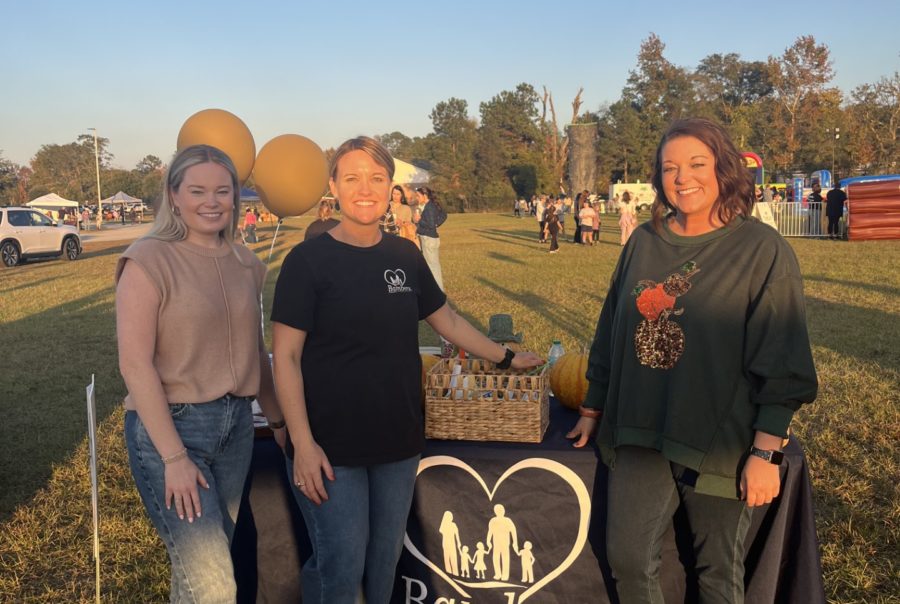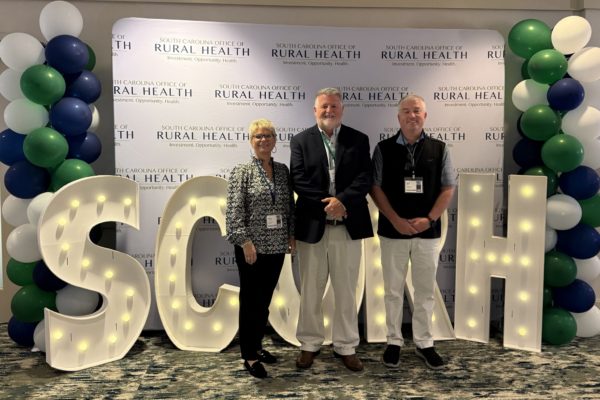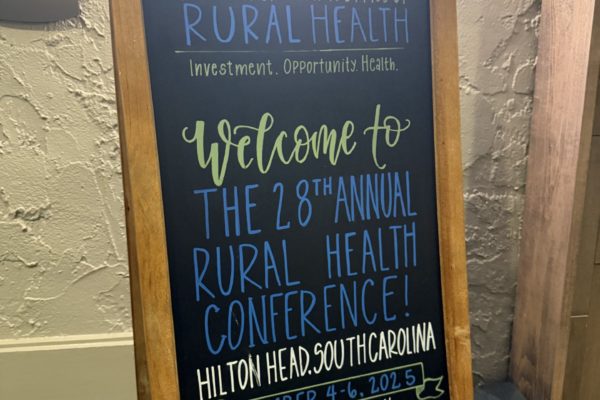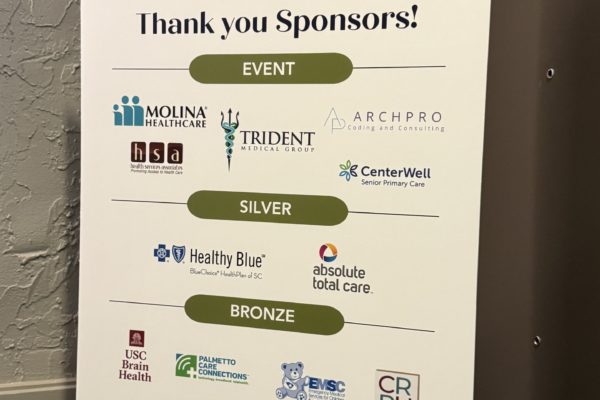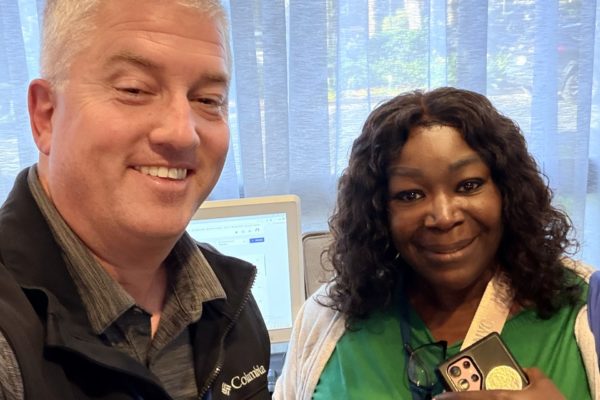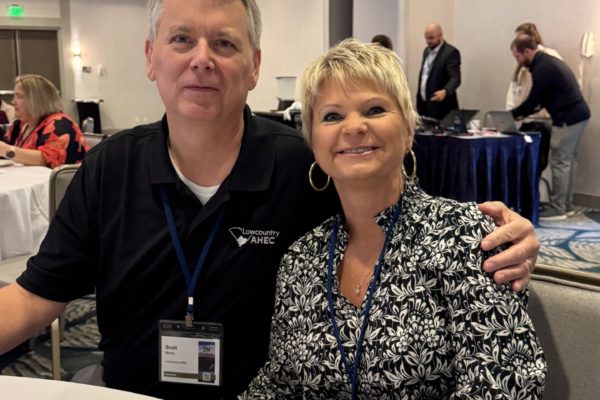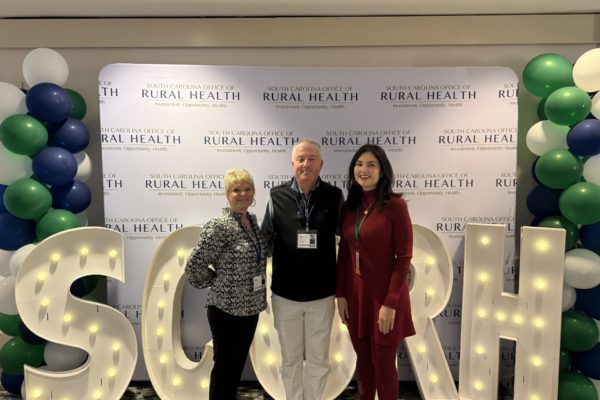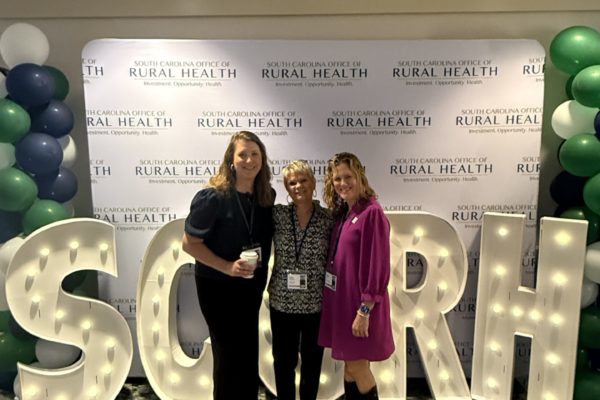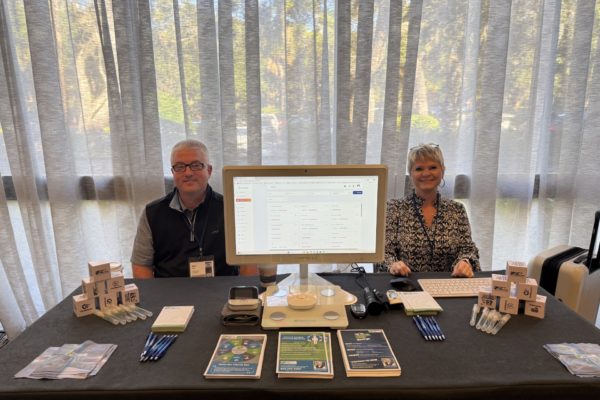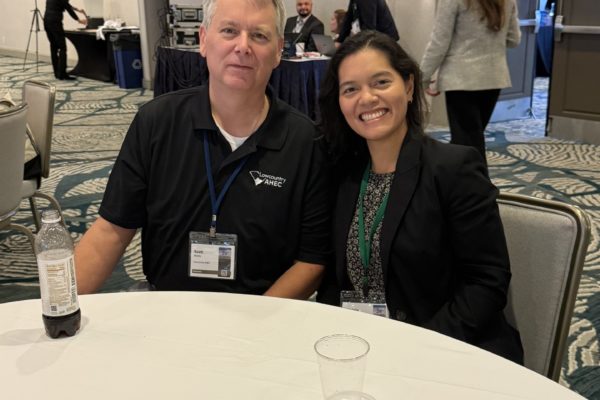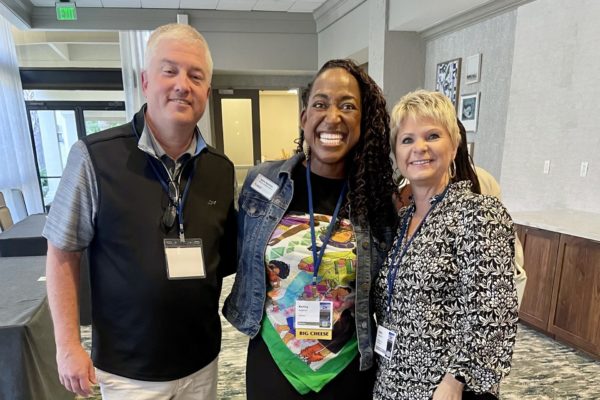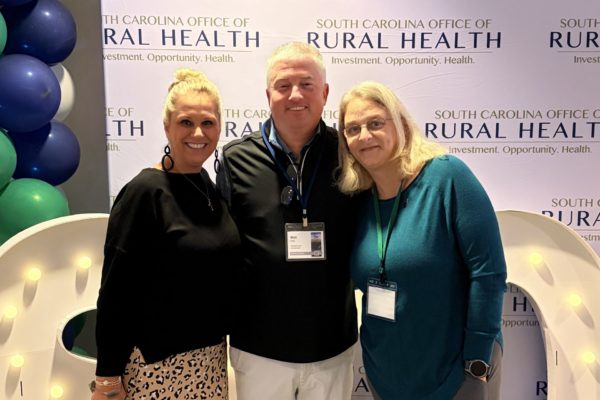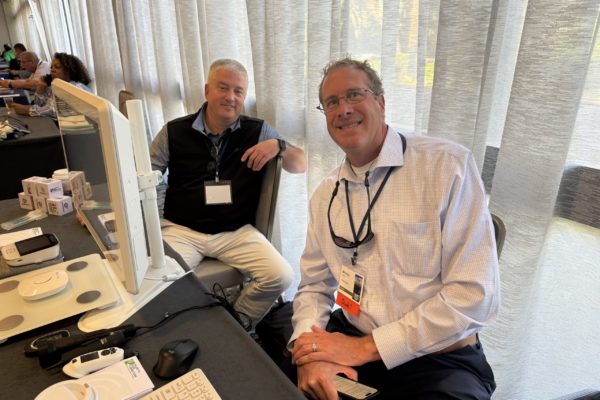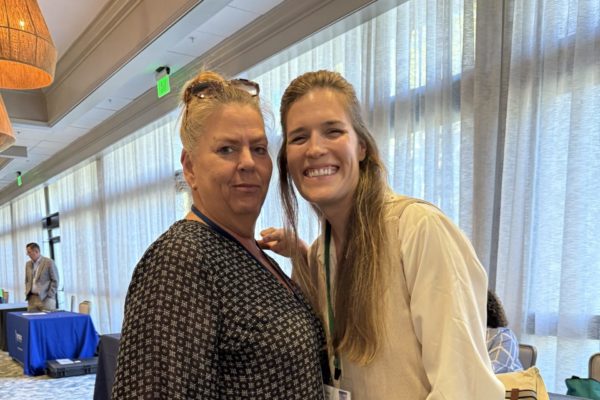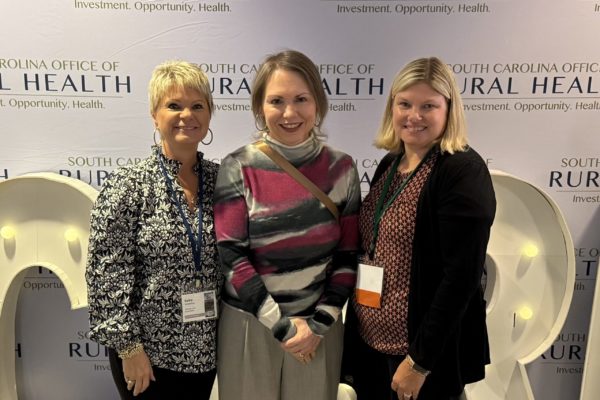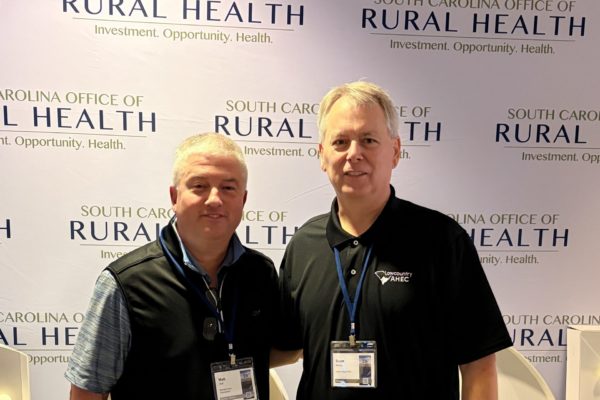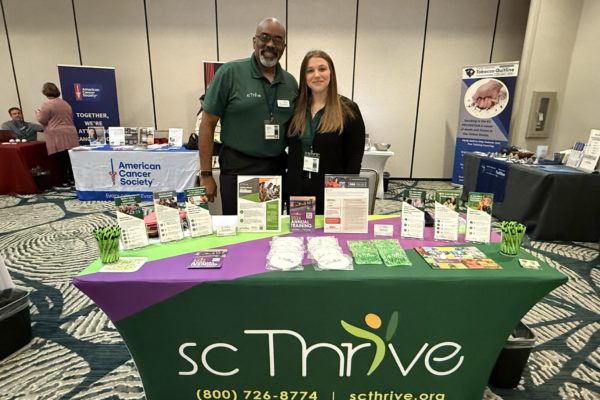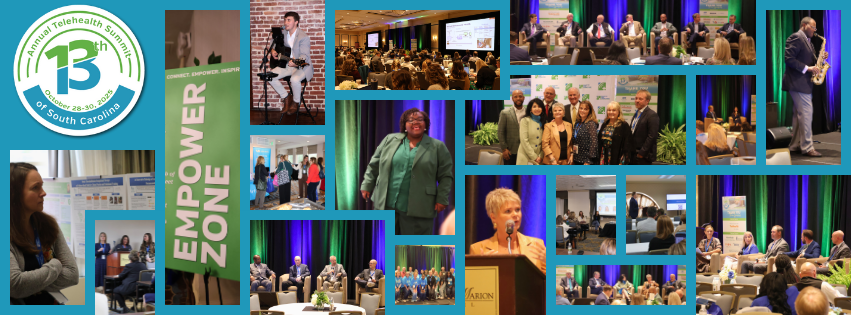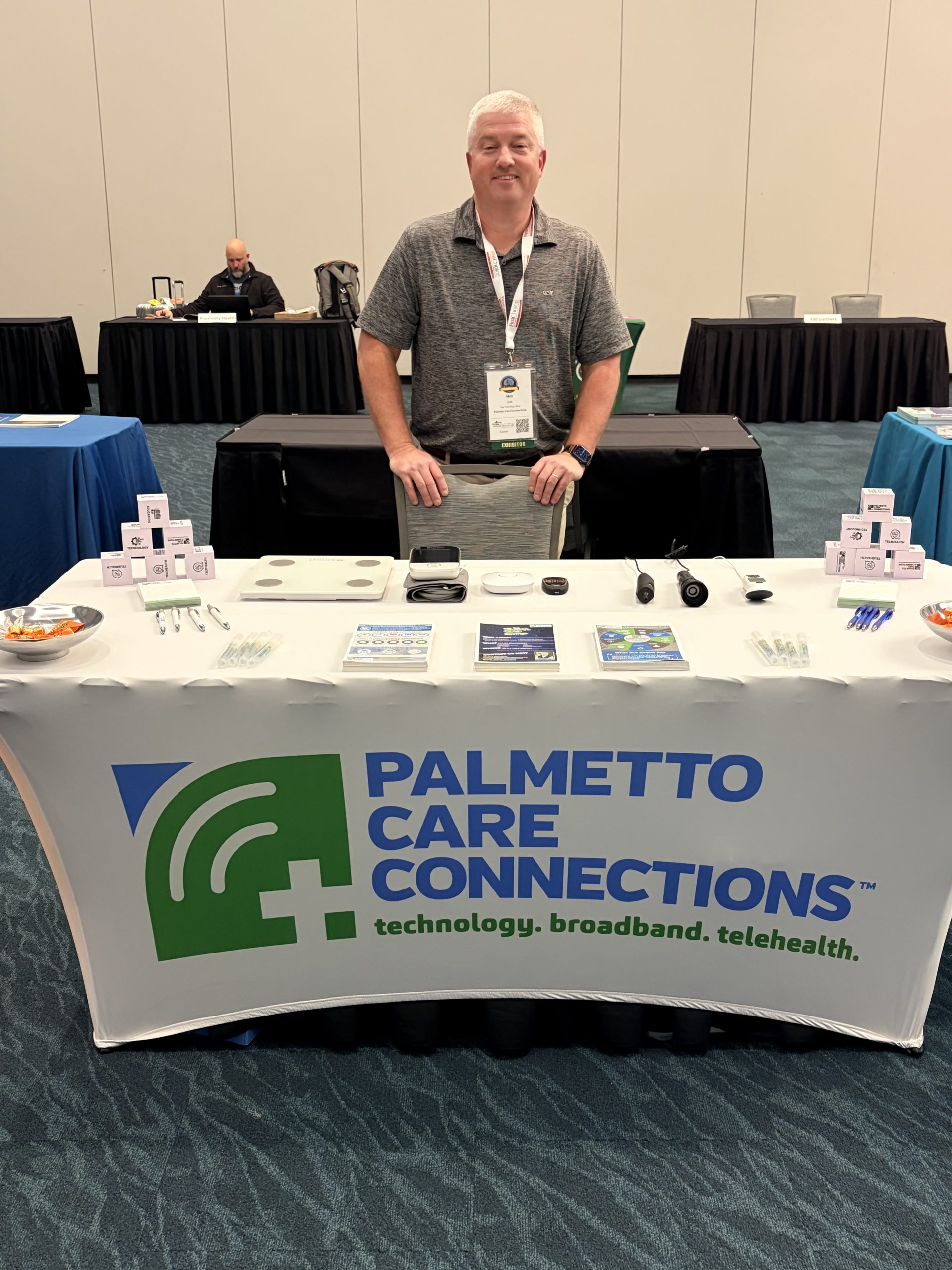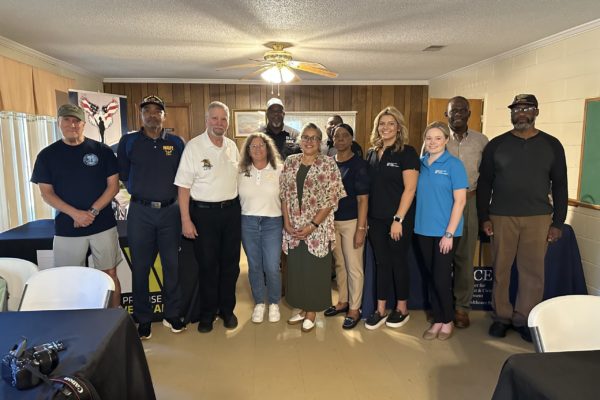By: Chaunte’ Causey, Communications Manager, PCC
Every October, communities across the nation come together to recognize Breast Cancer Awareness Month—a time dedicated to raising awareness, honoring survivors, and remembering those we’ve lost to this disease. At Palmetto Care Connections (PCC), we understand that healthcare access goes beyond routine check-ups—it’s about making sure individuals in every community, especially rural South Carolina, have the resources they need for early detection, treatment, and support.
Why This Month Matters
Breast cancer is the most common cancer among women worldwide. While treatment and survival rates have improved over the years, early detection remains the single most important factor in saving lives. Screenings like mammograms can catch cancer in its earliest stages, often before symptoms appear. For those living in rural areas, limited access to healthcare facilities can make timely screenings more difficult—which is why raising awareness and connecting people to resources is critical.
The Power of Prevention and Early Detection
- Screenings save lives: Regular mammograms can reduce the risk of dying from breast cancer by detecting it early.
- Know the signs: Lumps, changes in breast shape, skin dimpling, or nipple discharge should never be ignored.
- Family history matters: Understanding your family’s medical history helps determine your personal risk.
Supporting Rural Communities
For many South Carolinians, challenges like distance, lack of transportation, or limited access to specialists can delay care. PCC works to close these gaps through telehealth, broadband expansion, and digital literacy training—tools that connect patients in rural communities with healthcare providers when it matters most. Ensuring women have both the knowledge and the ability to access screenings is a step toward saving more lives.
A Call to Action
This October, take a proactive step for yourself and your loved ones:
- Schedule your mammogram or encourage a friend to do the same.
- Share information about available resources in your community.
- Support organizations that help provide care and education to underserved areas.
Breast Cancer Awareness Month is about more than wearing pink—it’s about spreading knowledge, fostering prevention, and making sure every individual has the opportunity for early detection and quality care.
At Palmetto Care Connections, we remain committed to improving access to healthcare for rural and underserved communities across South Carolina. Together, we can raise awareness, support one another, and work toward a future where breast cancer takes fewer lives.
